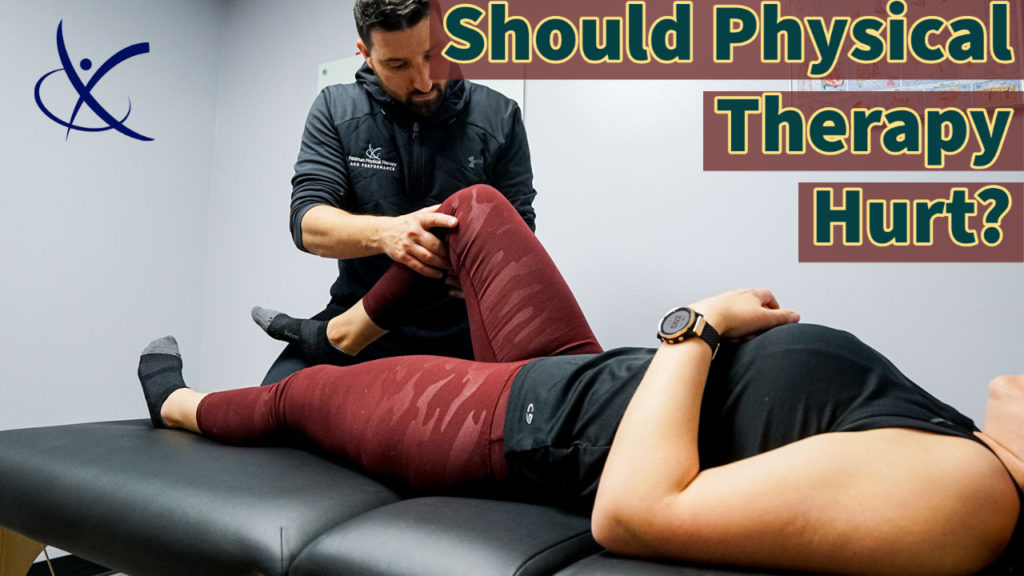Is My Rehab Supposed to Be Painful?
It is no mystery that injuries are painful. After all, that’s one of the more common symptoms. However, when it comes to rehab/physical therapy, I disagree that it will be more painful or that it is “normal” for it to be more painful. This goes for a hamstring strain, a rotator cuff repair, a knee replacement, and everything in between.
There is a conventional notion that just because you had surgery, rehab is going to suck and be painful. I’ve heard it from clients before, during, and after rehab for the procedure.
“A knee replacement? Oh, just suck it up. Its torture. They just crank on your knee to force the motion and that’s how it’s supposed to be. There isn’t any other way. No Pain, No Gain.”
I’m here to break the mold and tell you that couldn’t be farther from the truth. Will there be some discomfort along the way? Absolutely. There is no way around that. My goal here is to shed light on the idea that increased pain is not part of the process, and is not “normal.” In fact, using aggressive techniques should be a thing of the past when it comes to restoring motion and progressing through post-operative protocols. We do not need to force you to bend, or move, or rotate to the point where you are screaming and cursing, or your entire body is tensing up. That is counterproductive to the task at hand and, using a more conservative approach, I have seen excellent results with respect to the shoulder and knee specifically.
If you knew that you had to do something week after week for weeks on end and it was going to be painful, would you be excited about going? Probably not. Likewise, if you have to partake in a painful activity, do you feel you are going to be relaxed? Probably not. This doesn’t seem like an effective approach if the ultimate goal is to desensitize a painful area or to relax a tissue to the point of increasing motion. Increased pain/stress through the body is a great way to tense up and make increasing motion a herculean task.
Intuitively this makes sense, right? Don’t just take it from me, though. Numerous studies have shown that conservative approaches to rehabilitation provide equal or superior results compared to aggressive rehab during post-operative phases. My approach is simple. Instead of pushing you to the point of screaming and torquing your body, we stop when the discomfort approaches the line of tolerance. It does me no good if you start tensing up and protecting the area we need to relax and move. Our brain also creates associations.
It is also counterproductive if we continue to attach a painful stimulus every time a joint moves. This association will be present and you will continue to expect pain and tense the area in question. Think of this like training a dog. You tell it to sit, and it receives a treat. It does something bad, and you apply an unwanted stimulus. The dog will sit because it likes the reward and it will avoid the unwanted behavior that causes an unwanted result. If it is excruciatingly painful every time I move your knee or rotate your shoulder, you will end up associating unwanted effects with any motion to that area. I’m not O.K. with that.
Instead of being a “physical torturer” or a “pain therapist” or any other clever name given to a PT, I’m going to say “let’s work within our limits to get you better.” Some discomfort may be expected and is common, but we will always work within that framework of accepted discomfort. As long as we are making steady progress, we know the outcomes will be favorable.
So no, your therapy is not supposed to be painful. In fact, I believe in breaking away from the mold that blindly accepts torturous methods as “normal” when we know we can do better. Plus, I don’t necessarily like seeing someone’s hand ball into a fist and come at me. (OK, so that’s only happened a couple of times).
Happy Rehab-ing!
